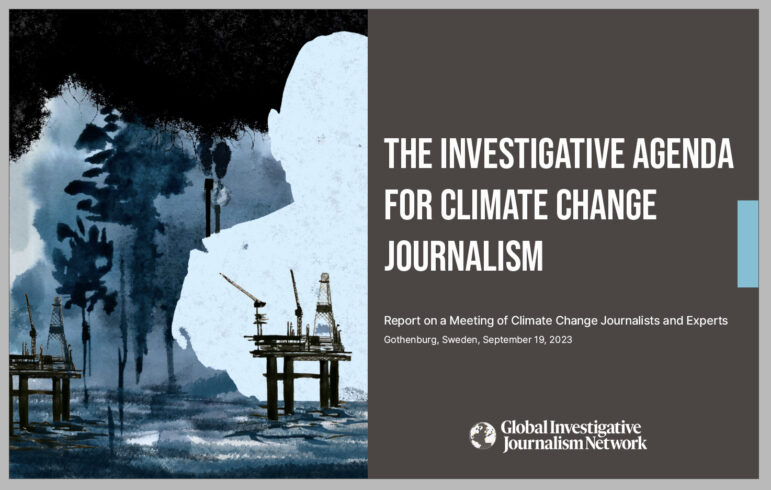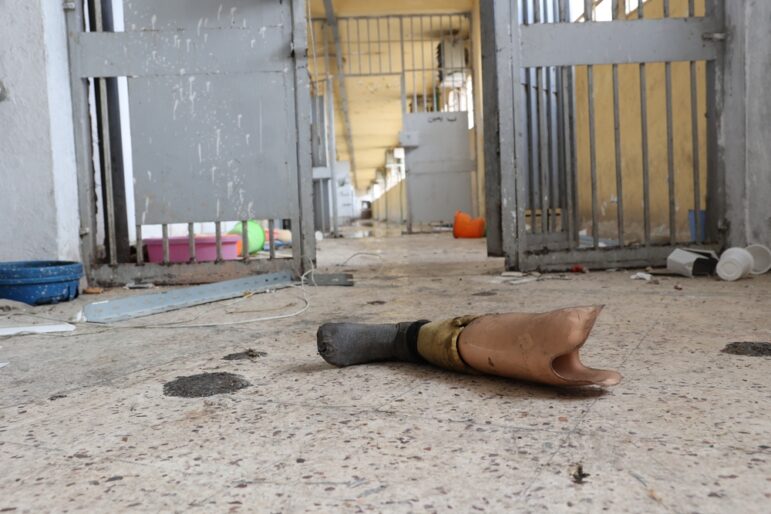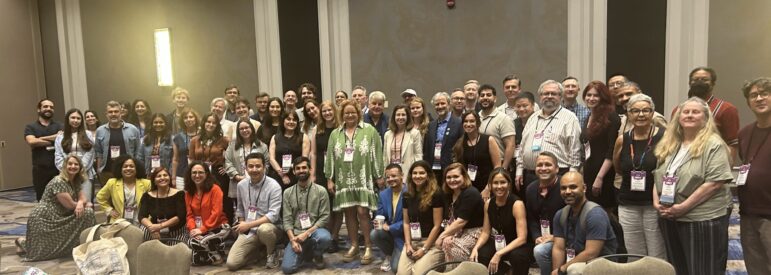New methods for covering events and investigative journalism melt together
By Nils Mulvad
Associate Professor at the Danish School of Media and Journalism
Editor at Kaas & Mulvad
New tools for covering events are being developed intensively now, especially for crowdsourcing with different feeds of raw data and constantly edits of the stream. It also becomes easier to move out in the field and do more tasks with a smartphone.
Afterwards, much of this material can be checked even more and become basic material for an investigation. As assistant professor at The Danish School of Media and Journalism we ran a project this summer on getting social and mobile media to work for journalism covering “u21” – see the website u21live.com to see what we did.
We plan to develop these methods in the coming years – constantly experimenting with new tools, and integrating it with the journalistic approach.
In the same period we will focus on the how it can be used for investigative journalism. The aim is to structure the stream of data and comments and updates from social medias and tweets.
The Norwegian killer on Utøya
An event like U21 doesn’t call for an in-depth investigation afterwards, but for an event such as the mass killings on Utøya in Norway it is really important to have the stream archived and to make a reconstruction afterwards.
On Utøya it would be obvious to investigate why the police were so late in capturing the killer, Anders Breivik. It was very obvious what was happening from the first call until they stopped him shooting, but afterwards there are questions on what the police did to find all the victims and get them under treatment?
Sports events are normally excellent to test methods in covering events. They run scheduled and have a big audience. But we need to test the methods on other events, where it is relevant later to do an investigation. And in these cases further develop the methods.
Investigative journalism
When covering events quickly, we will always face a risk of spreading false information. Sometimes the coverage will be the raw stream of social media information; other times there will be a very quick edited version, where we need to tell that we have included information, which hasn’t been checked.
We then have a bigger obligation to uncover this potential false information – to do a check after running the stream of information. We also must go into the material to see if we forgot important information and why.
In the light of this we need to be better in a structured way to save tweets and Facebook-updates in a structured way. Both text messages, pictures and data need to be saved in structured form and presented interactive.
Uncovering mistakes from authorities
The task for investigative journalism in these situations will often be to uncover if authorities or organizations have made important mistakes. When these institutions investigate themselves they have a tendency to quickly conclude nothing wrong was done.
The most important information in such an investigation is to know who did what, where and at what time. The constantly saving procedure we use should try to include as many of these data in a structured way, meaning in separate fields.
On top of this we shall develop methods for analyzing the material and to combine it with other material.
Investigative journalism contains a lot of other areas where important development now is taking place. This is just one of many areas we face an important development right now.
How do we proceed?
- We simply need to try a lot of methods for covering events and gather the information in a structured way and share experiences. We will do that at our school and hope many others will participate in this process.
- Especially we need to find a way to save tweets from events like this. And to have a model for that accepted by Twitter.
- We need to show how false information is part of the stream and how we can uncover it.









